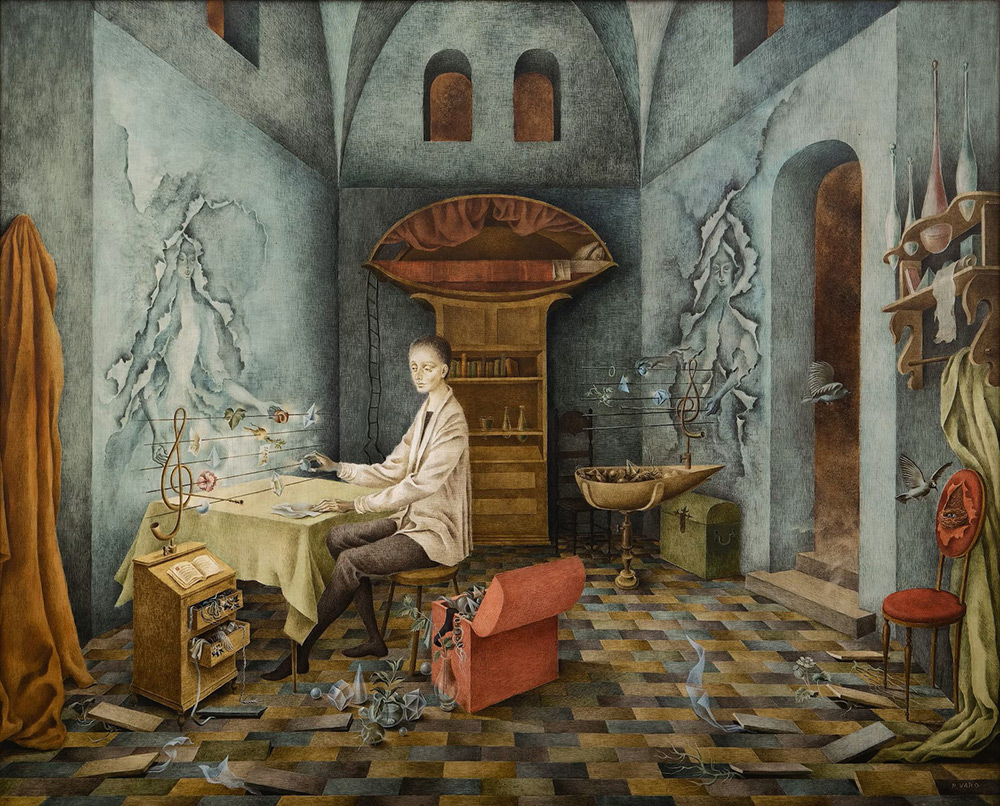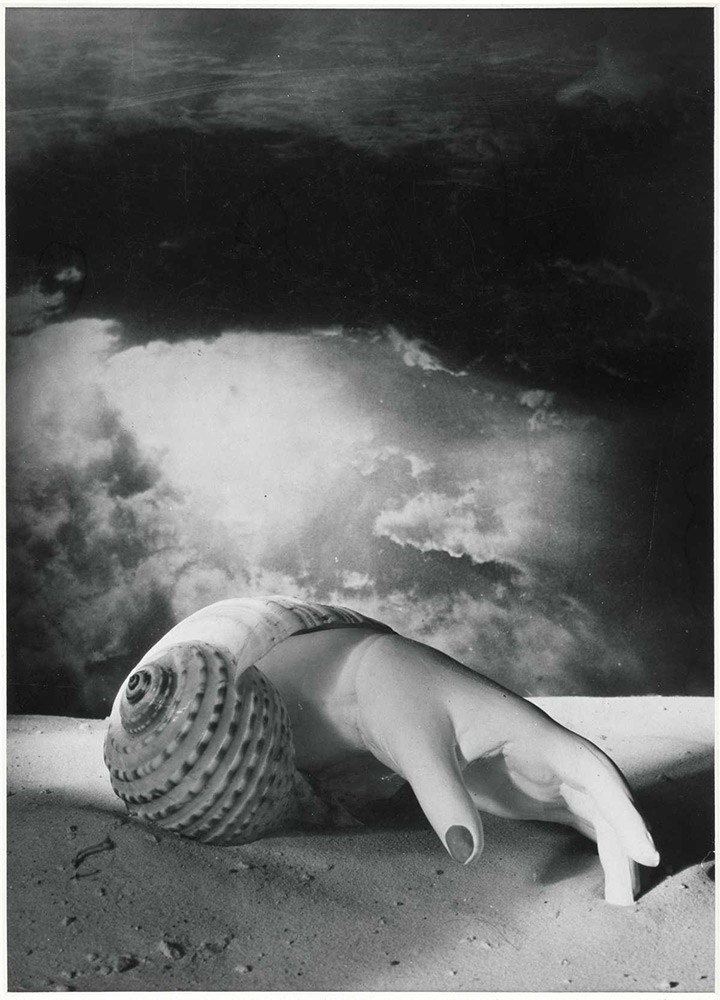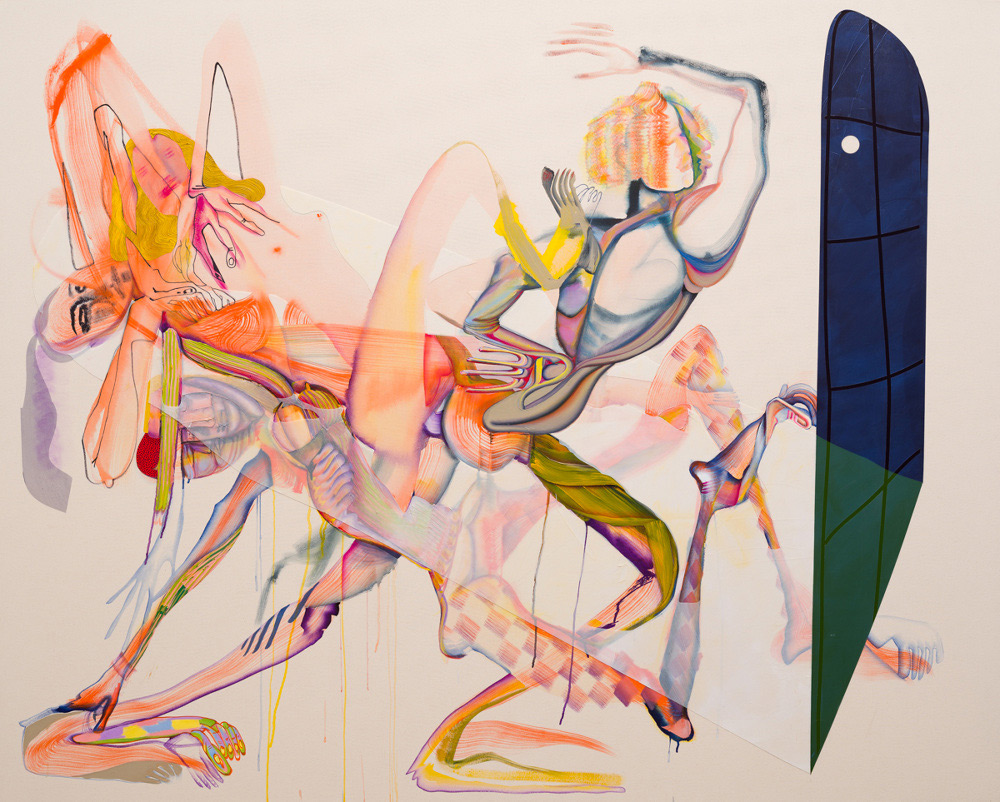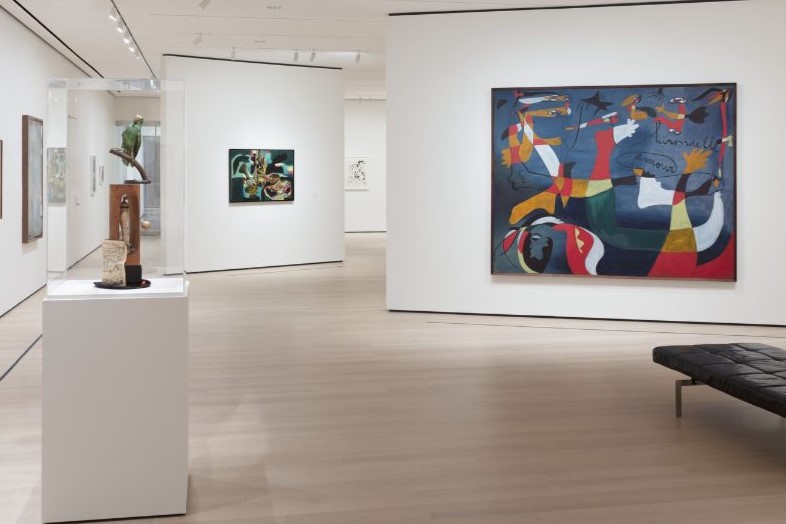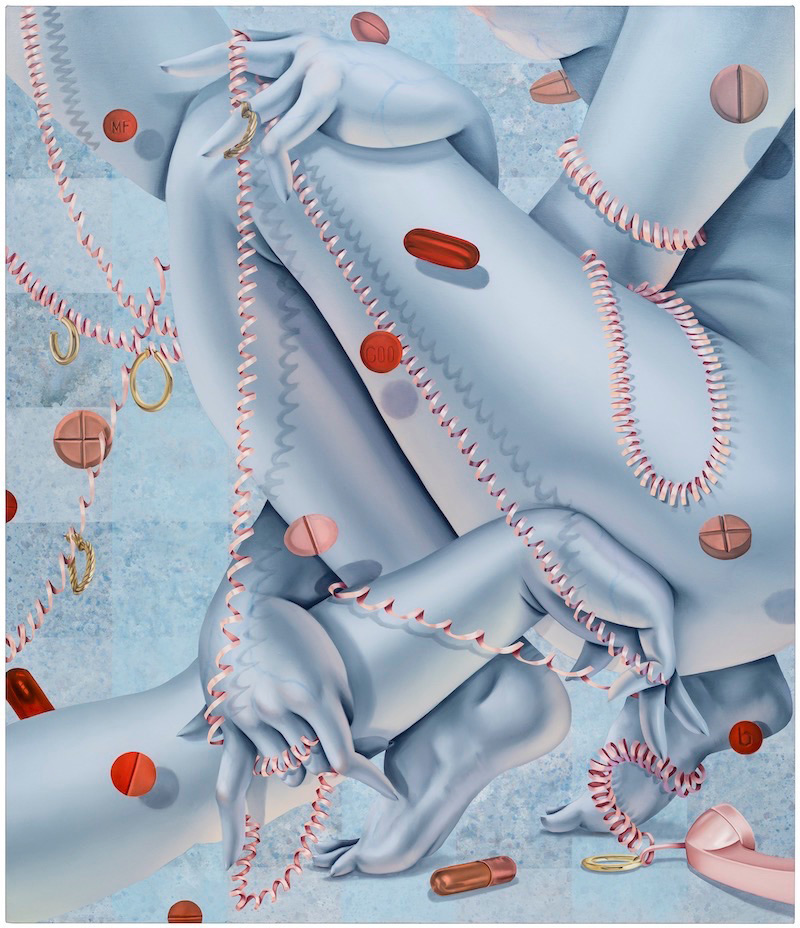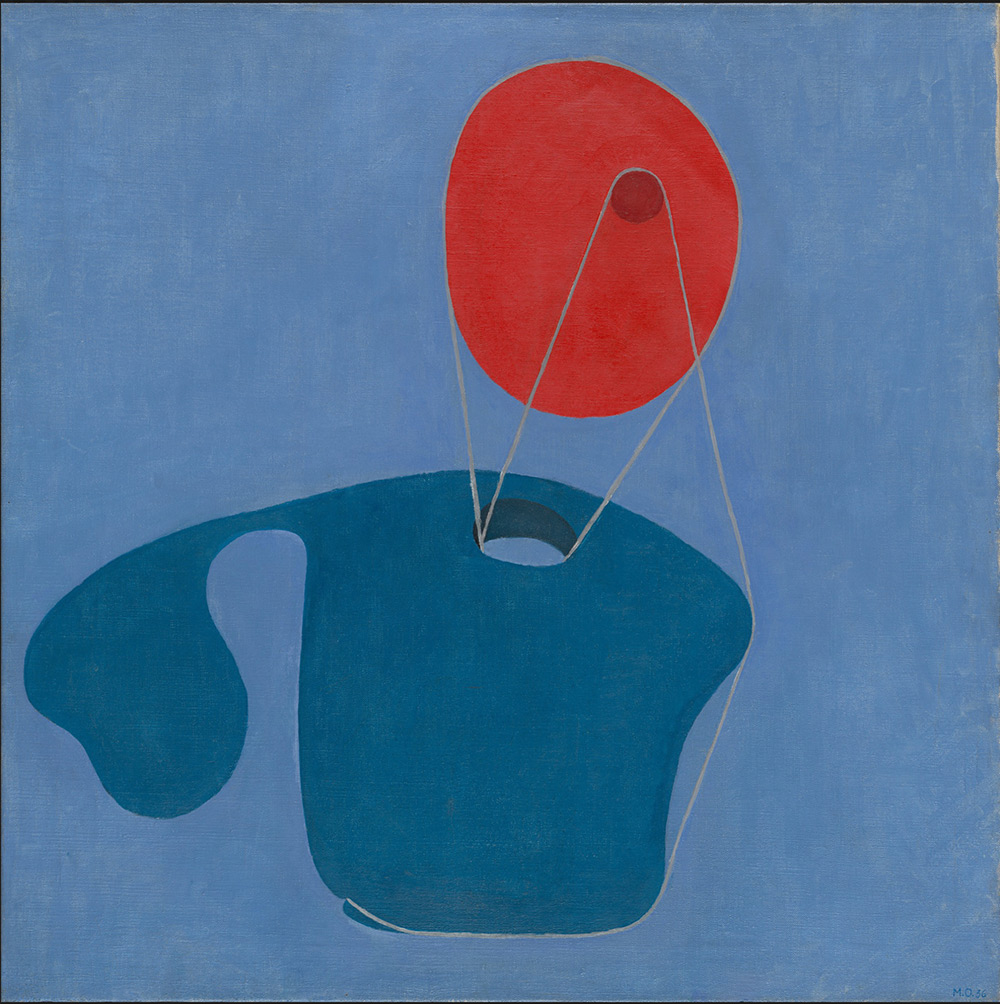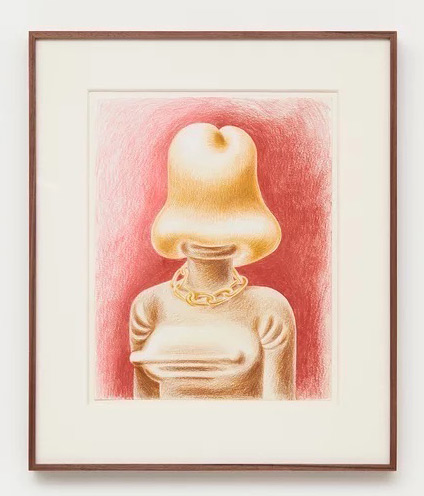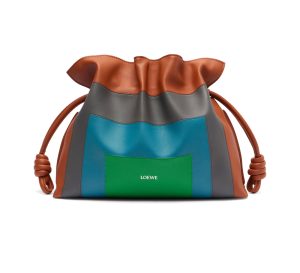The Feminine Surreal
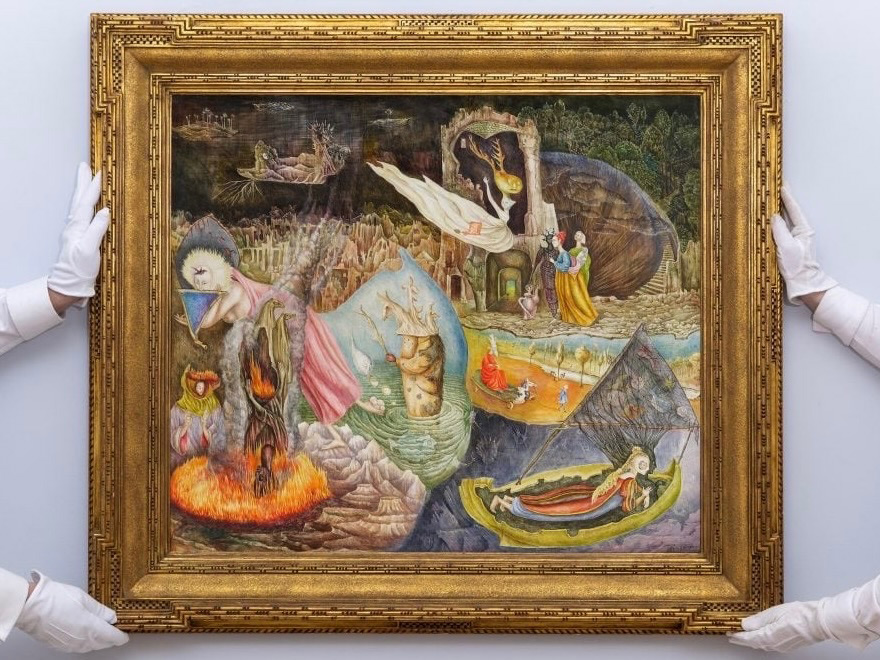
Surrealism revels in the weird, the impossible, and uncanny- embracing paradox and ambiguity by combining realistic elements in illogical ways. Influenced by psychoanalysis, surrealists explore dreams as a gateway to the subconscious, seeking freedom from traditional artistic conventions, political structures, and rational thought. To get there, early surrealists practiced what Andre Breton called “pure psychic automatism.”
Breton led the Surrealist movement in Paris after WWI. Artists like René Magritte and Salvador Dali used his techniques to capture subconscious thoughts in their work, often using everyday objects in symbolic ways. In one of the iconic images of surrealism, Son of Man (1964), Magritte replaces his subject’s face with a hovering green apple, a symbol of the biblical “fall of man.” Other artists like Joan Miro, Yves Tanguay, and Jean Arp explored combining surrealism with abstract shapes, creating dream-like sculptures and objects.
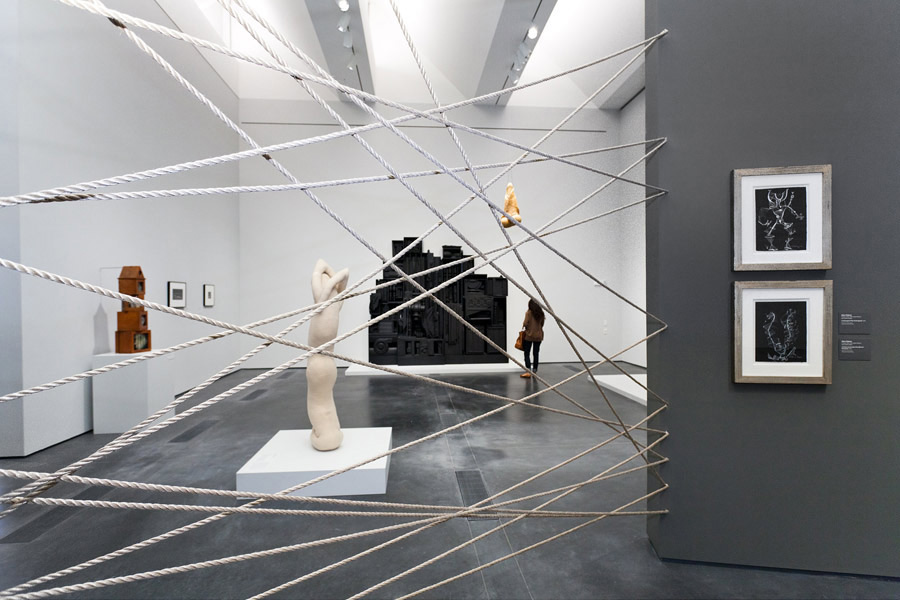
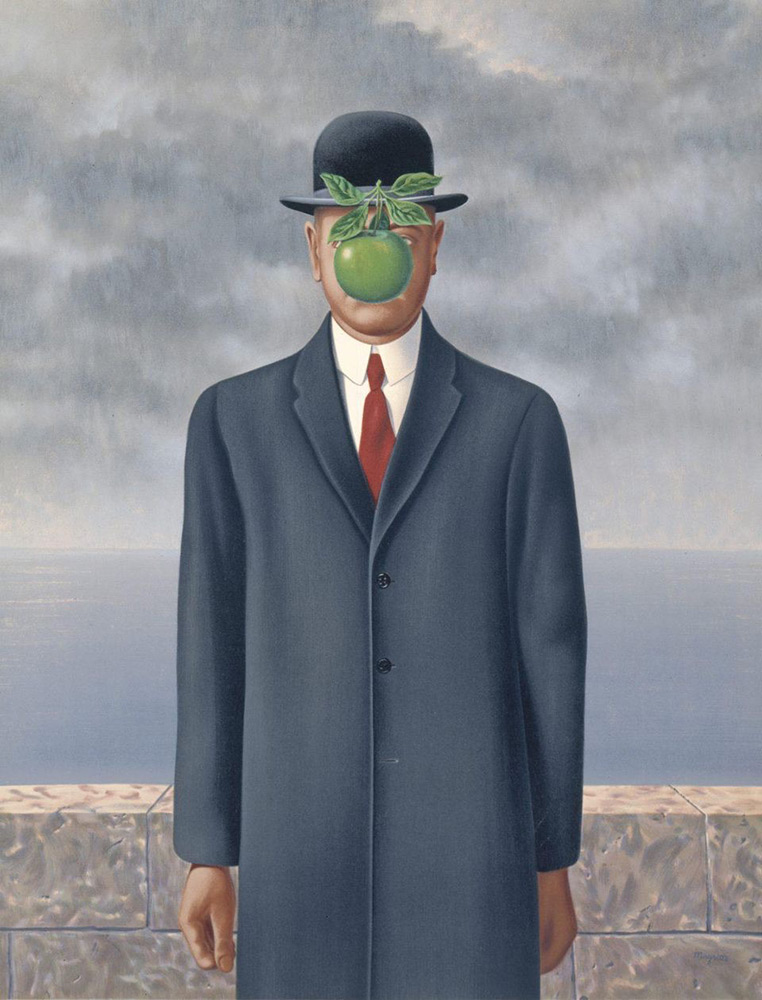
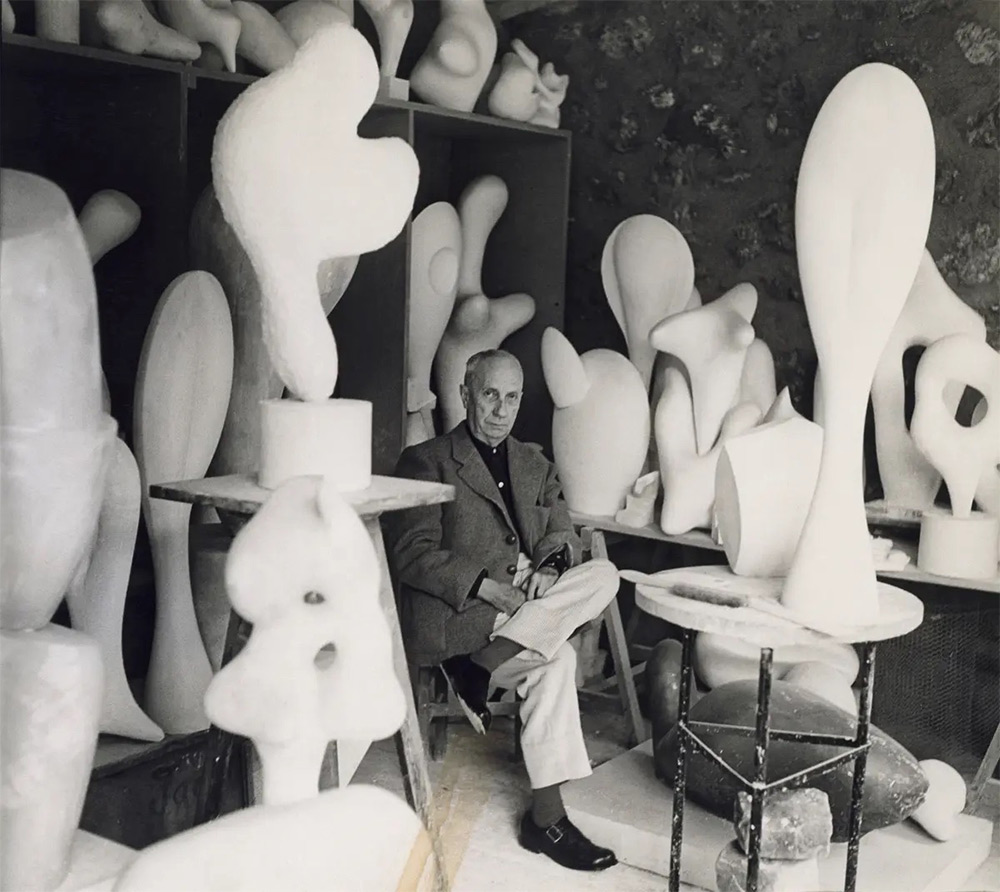
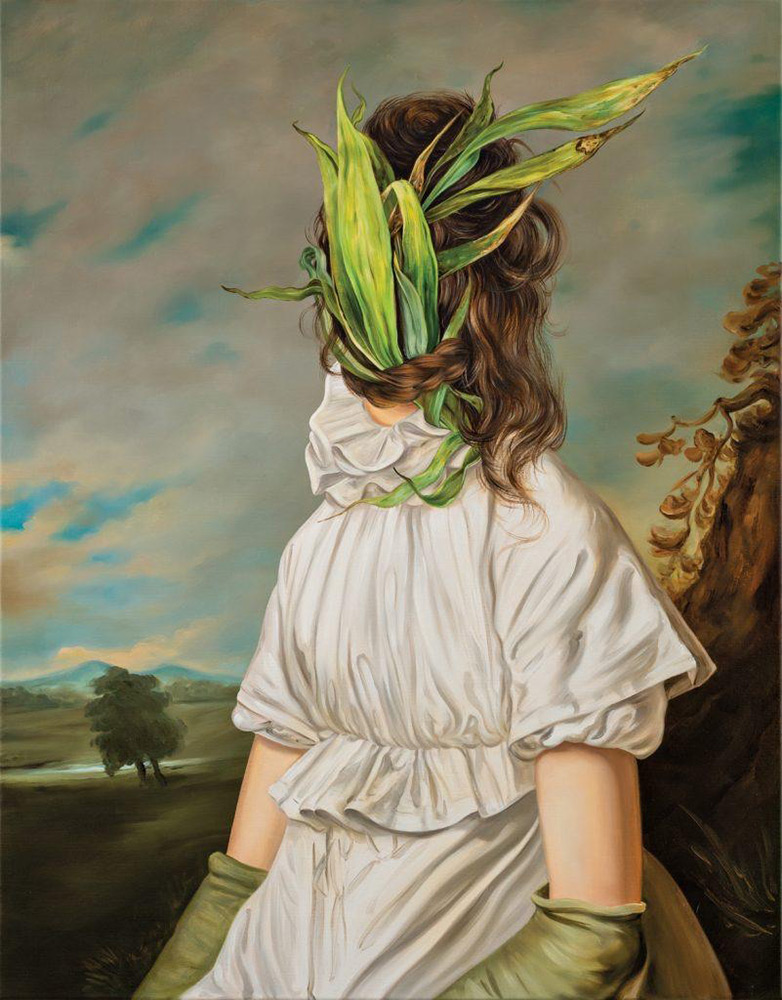
In the past decade, women have come to reign over the surrealist conversation. The renaissance of the feminine surreal began in 2012 when LACMA mounted the landmark exhibition In Wonderland. In recent years, trailblazers like Dorothea Tanning, Meret Oppenheim, and Remedios Varo have been the subjects of individual exhibitions at the Tate Modern, the MoMA, and the Art Institute of Chicago. Surrealist art by women has also been making headlines; a 1956 work by Varo was front page news when it sold for $6.2 USD million. In 2022, the Met museum in New York mounted Surrealism Beyond Borders and the Venice Biennale took surrealism as its theme, showcasing an unprecedented majority of female artists.
Today, surrealism continues to fascinate. Female surrealists are still breaking records, with Leonora Carrington’s work achieving $28.5 USD million at auction last May (making Carrington one of the top 5 most valuable women artists ever sold at auction). The genre’s penchant for juxtaposition, collision, and surprise seems to appeal to the contemporary sensibilities of female artists- like Sarah Slappey, Louise Bonnet, Stephanie Heinze, and Christina Quarles- looking for a way to explore sticky contradictions.
If you’d like to learn more about the many worlds of surrealism, don’t hesitate to reach out!
